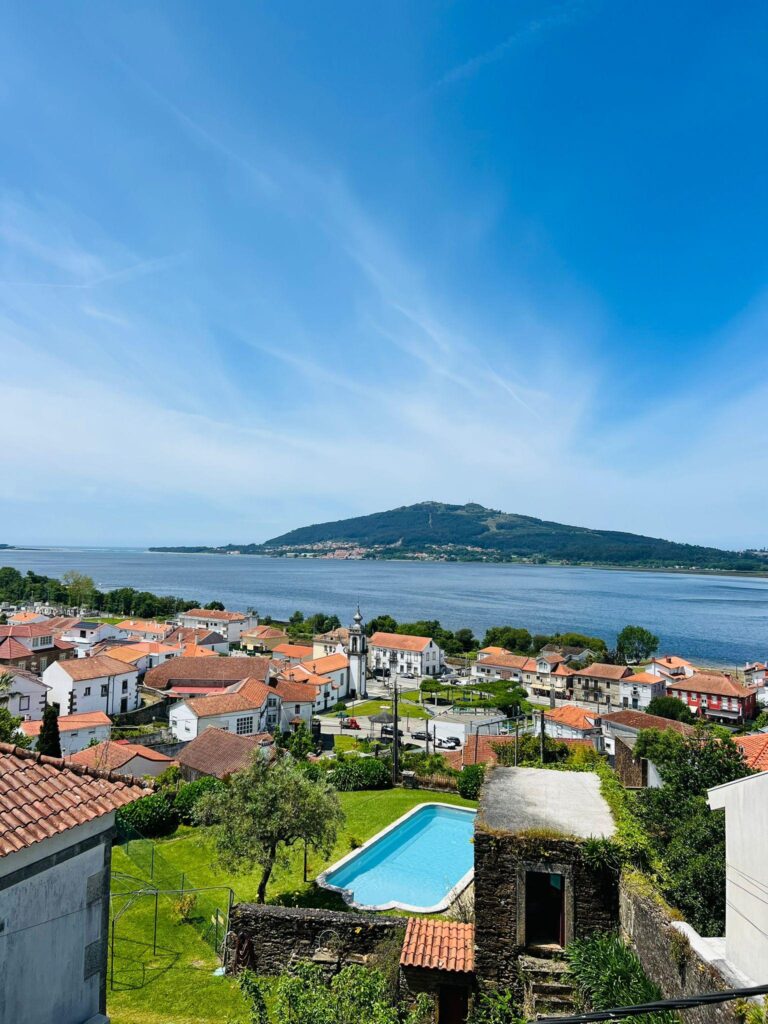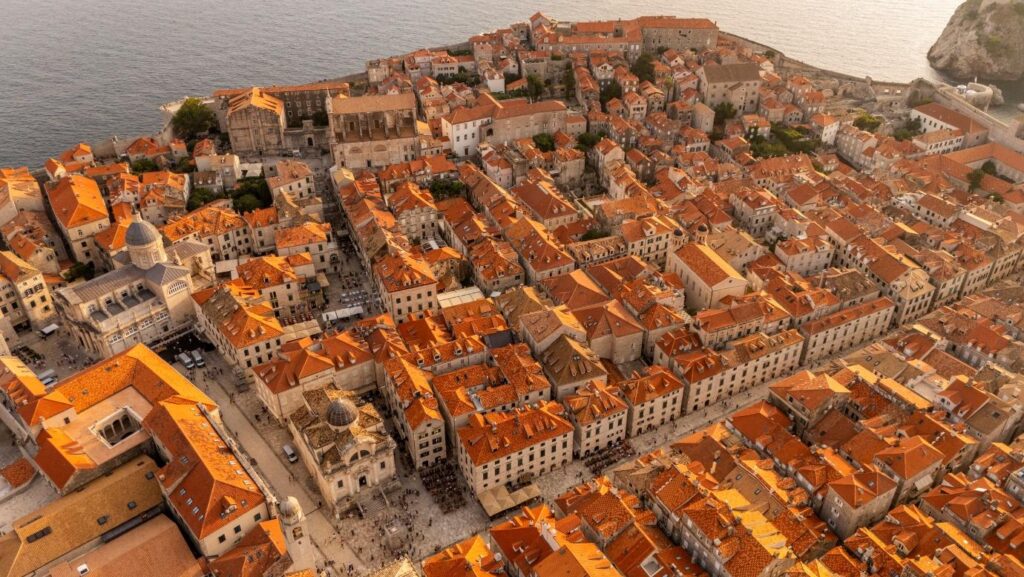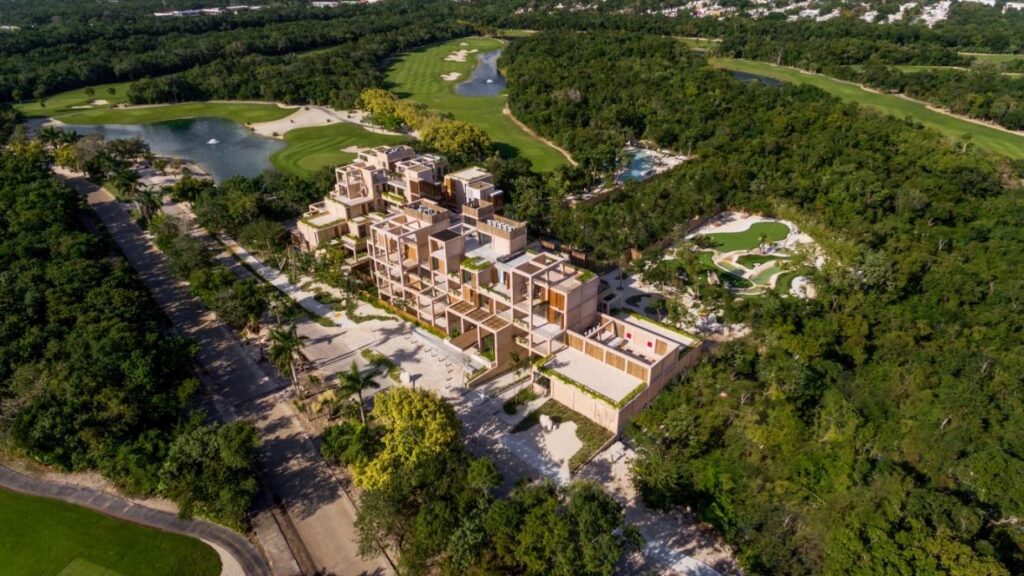- How do you determine if a property is priced below market value?
- What does a “moat” mean in the context of real estate?
- Are Italy’s €1 homes a good deal?
These are just a small sample of the questions I’ve answered live over the past several weeks during the ongoing Real Estate Trend Alert (RETA) Academy masterclass.
In a moment, I’ll share the answers to those questions here, too.
But first, a little context…
Earlier this month, I launched a new online masterclass for members of my RETA group. It’s called Your RETA Blueprint to a Boundless Life and Real Estate Riches.
This masterclass, which will run for six weeks, is all about showing RETA members how to achieve their overseas real estate investing goals, whether they want to own for lifestyle, investment or some combination of the two.
The class is based on my almost 30 years of experience as a real estate investor and covers everything from what and where to buy, to how to finance and earn rental income.
So far, we’ve discussed how to profile yourself so you can determine the right kind of overseas real estate for you. Then we set about matching our profiles to the right destination by doing a deep dive on the top 12 places on our RETA International Real Estate Index.
Coming up, we have sessions covering things like:
- Mortgages for non-resident foreign buyers (where you can get them and what the rates are).
- How you could potentially use home equity or your 401(k) to invest in overseas real estate.
- Pro tips on working with a rental manager (fire fast is my motto!).
Stay tuned… in the coming weeks, I’ll be sharing details on how you can get full access to the RETA Academy, including all our recordings and upcoming live masterclasses. More soon.
One thing I want to stress about the masterclass is that it’s live and interactive.
At the end of every session, there’s a live Q&A where I and RETA Senior Researcher Margaret Summerfield answer attendees’ questions on that week’s topic.
Here are three we’ve gotten so far and answers to them…
Q: How do you determine if a property is priced below market value?
A good way to explore this topic is to look at the example of the 5,000-square-foot historic mansion I recently bought in the town of Caminha in northern Portugal.
Caminha is a town with huge potential. And it’s a place I like to spend time personally. So, I was interested in buying property there for lifestyle and investment.
When I came across the listing for my mansion in Caminha, the first thing I did was look at comparisons in the surrounding area…homes in a similarly good location, of a similar size, and in similarly good condition. I could see this home was excellent value relative to comparable listings.
As I dug more into the listing, I found the price had already been reduced. So it seemed clear that the sellers were motivated. The listing price at the time I toured the home was €440,000. I negotiated the price down further to €410,000. In dollars, that was less than $90 per square foot.
As this example shows, digging around to find motivated sellers is a great way to get a home below market value.
Another thing to consider when looking for value is whether a home is priced lower than it should be because of some resolvable aesthetic factors.
Maybe it’s painted a weird color. Maybe the listing agent has taken terrible photos that make it look far more unattractive than it actually is (something that’s surprisingly common in Europe). Most people scroll past listings like these. By scratching on them, you might find a hidden gem.
And of course, the ultimate way to get properties below market value is buy in a RETA-only deal, in which I use the group buying power of all RETA members to negotiate an exclusive, off-market price. That means we get in first and own for much less than the price that ordinary investors later see.

This is the view from the entrance to my new 5,000-square-foot home in Caminha. Spectacular! That’s Spain you can see just across the water. And I got this home for below market value.
Q: What does a “moat” mean in the context of real estate?
In the business and investment worlds, a “moat” is protection from competition.
Coca-Cola has a moat, its iconic brand that’s recognized the world over, which has helped it dominate the soft drinks market.
Ikea has a moat in its economy of scale, its network effect, and because its DIY business model keeps prices lower than ready-made furniture sellers.
When it comes to real estate, a moat basically means that it’s hard or impossible to replicate the kind of real estate you own.
Consider the Old Town in the Croatian city of Dubrovnik.

The Croatian city of Dubrovnik is a protected heritage site surrounded by towering walls…a “moat” that makes adding new supply here impossible.
Dubrovnik has one of the great fortification systems of the Middle Ages. It’s protected by 17 towers, five bastions, three fortresses, walls that are 20 feet thick, and a moat that was once armed with more than 120 cannons.
What this means is it’s impossible to expand Dubrovnik’s Old Town. And everything in it is protected since it’s a UNESCO World Heritage site.
In recent decades, once Dubrovnik became a hugely popular tourist destination, prices in the Old Town skyrocketed since there’s nowhere to add new supply.
Look around the world and you’ll find opportunities with moats like this. Here’s one…
Corasol can never have true competition. I can give you a bunch of reasons, but the main one is that there simply isn’t any land to create anything like it ever again. And as Playa grows, it will expand around Corasol.
I’ve bought several exclusive, off-market deals in Corasol to RETA members. One opportunity here was in March 2022 in a Corasol community called The Village. RETA members could own stunning two-bed condos from $258,600. In November last year, those same condos were already listing at retail for $368,209—that’s $109,609 more.

The Village sits within the stunning, lush master-planned beach and golf community of Corasol in Playa del Carmen, on Mexico’s Riviera Maya. Corasol has a powerful “moat” protecting it. There’s simply no land to create something like this again.
Q: Are €1 Homes a Good Deal?
The answer to this question is almost universally, no. They are not a good deal.
My view on these €1 homes is that they are dramatically overpriced. Generally, these homes are little more than shells and require massive renovation. And that can get very costly, very quickly.
You are much better off spending more on a nice, structurally sound home. These are available in the same hill towns where you’ll find €1 homes and can cost from as little as €20,000 or €30,000.
You’ll find lots of very nice listings in this range and they don’t need to be rebuilt. Often with some updating and redecorating, you’d have a very attractive home.
My scout Ciaran Madden toured Sicily last year and wrote about several charming towns where you can get structurally sound historic homes in this price range. RETA members can access his full Sicily scouting report here. (Not a RETA member? Learn how you can join here.)
Wishing you good real estate investing,

P.S. Stay tuned… in the coming weeks, I’ll be sharing details on how you can get full access to the RETA Academy masterclass, including all our recordings and upcoming live events. More soon.


